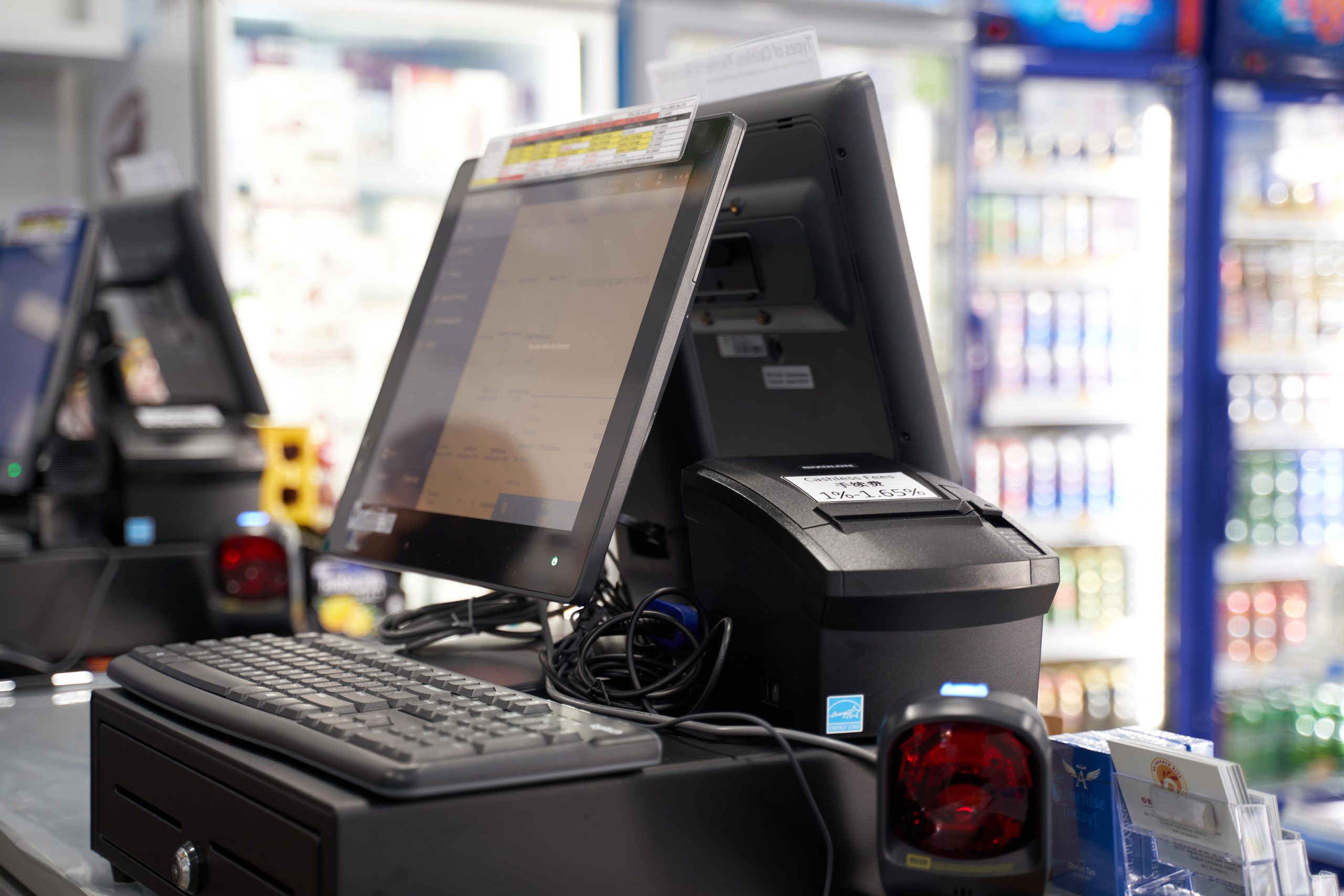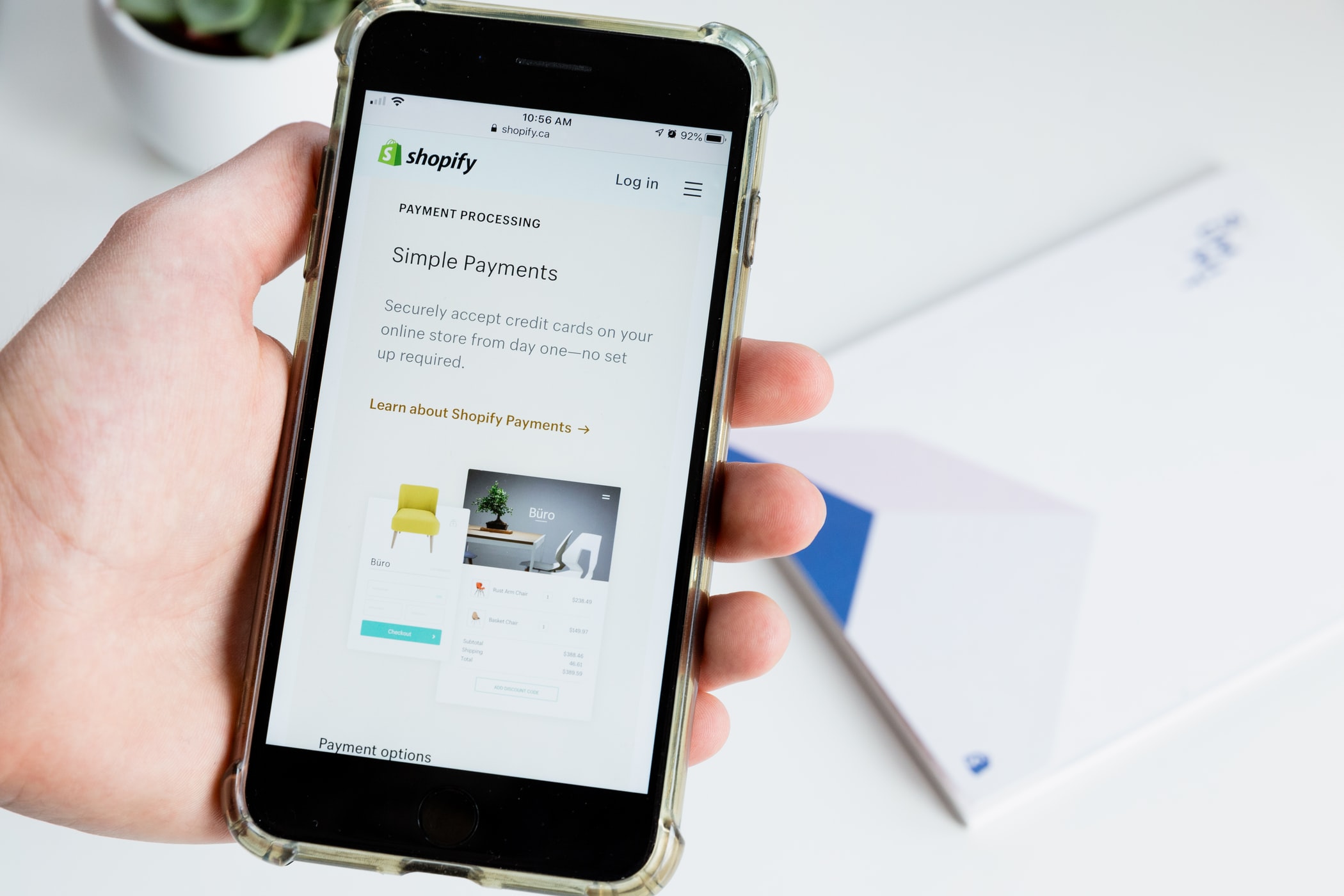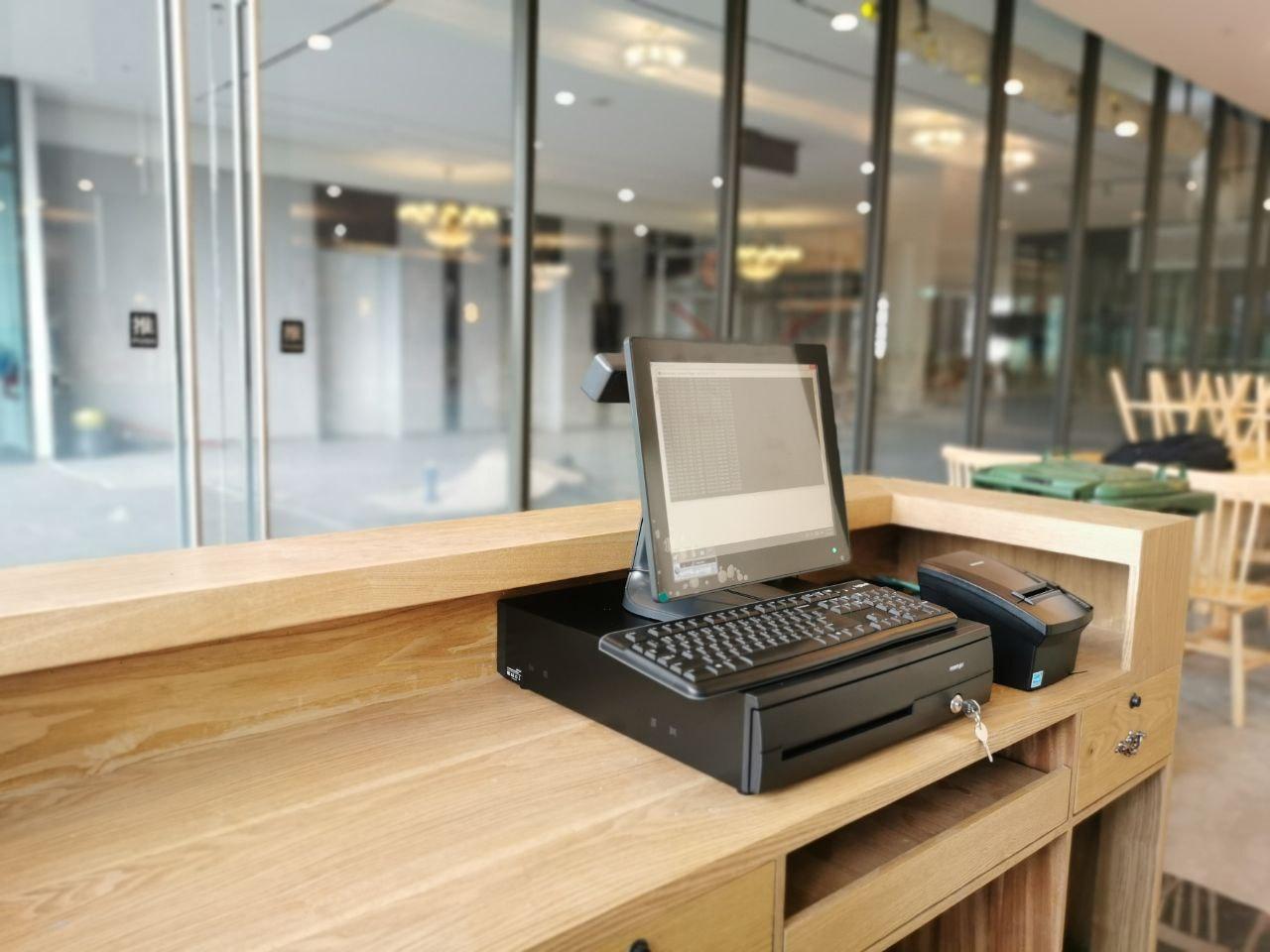
Retail success no longer depends solely on physical stores or online sales, but on creating a connected experience across every touchpoint. An Omnichannel Retail POS bridges these worlds, syncing sales, inventory, and customer data in real time. When integrated with CRM and ecommerce systems, it empowers businesses to operate more efficiently, serve customers better, and grow faster.
What Is Omnichannel Retail (and Why It Matters Today)
Omnichannel retail is a unified approach to commerce that connects online and offline experiences into a single, seamless journey. Whether a customer browses on their phone, purchases items online, or collects in-store, every interaction should feel connected and consistent.
According to a recent aggregate of studies from McKinsey & Company and PricewaterhouseCoopers (PwC), over 70% of consumers use multiple channels before completing a purchase. This means retailers who treat each channel separately risk losing customers to competitors who offer a smoother experience.
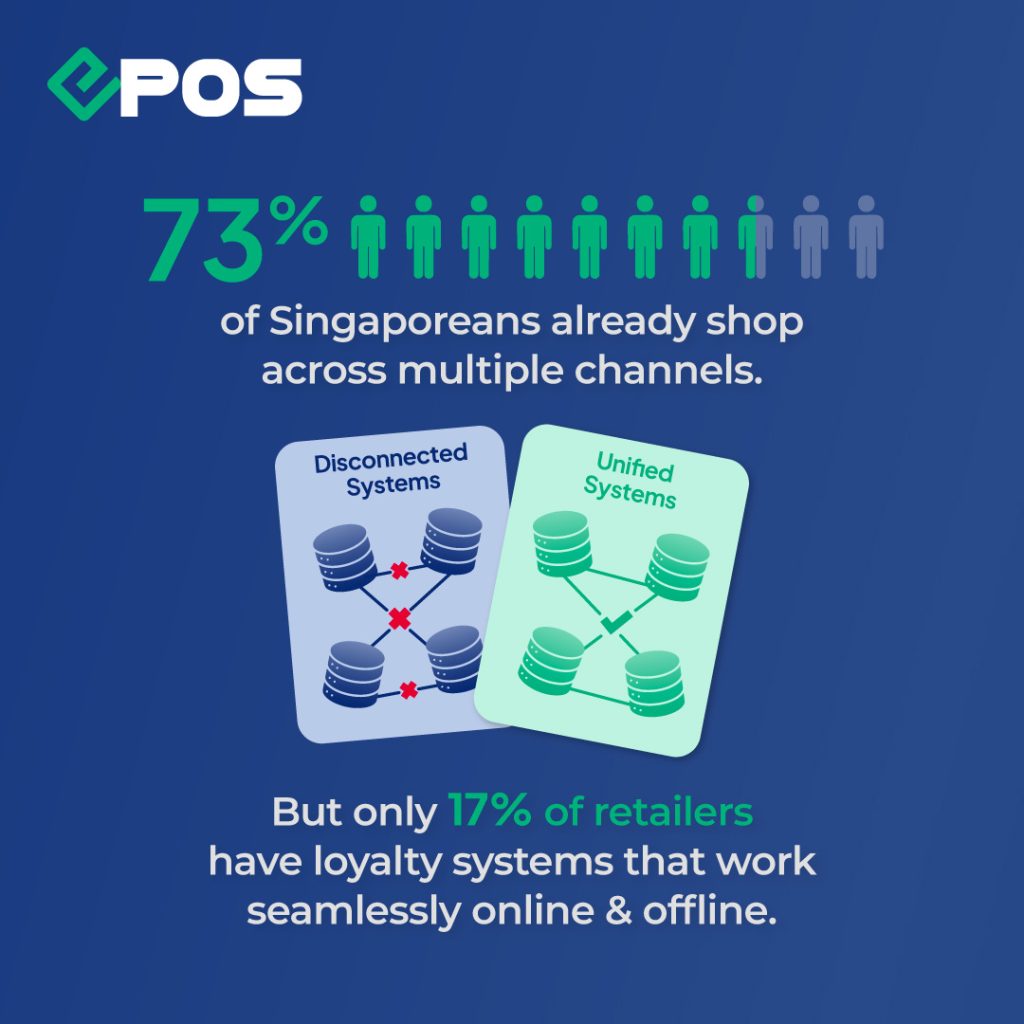
Source: Capital One Shopping, Wiser Notify (2024)
Manhattan Associates, Retail Benchmark Report (2024)
At its core, omnichannel retail is not just about technology but about understanding customer behaviour and meeting them wherever they choose to shop.
The Role of a POS System in Omnichannel Retail
A Point-of-Sale (POS) system is more than a cash register; it’s the operational hub of modern retail. In an omnichannel environment, the retail POS system acts as the link between every sales channel and a business’s back-end systems.
An Omnichannel Retail POS does more than record transactions. It unites:
- Online and offline sales data for unified reporting.
- Inventory across all locations, ensuring stock accuracy and availability.
- Customer profiles and purchase history feed data to the business’s CRM for personalisation.
This means when a customer buys online and returns in-store, the system recognises them instantly, allowing the business owner to provide a consistent experience, manage refunds efficiently, and maintain accurate records.
Why CRM Integration Is Essential for Omnichannel Success
A CRM (Customer Relationship Management) system helps track, understand, and engage with customers. But its real power is unlocked when it’s integrated with your POS.
Here’s why:
- Unified Customer Profiles: When CRM and POS systems share data, businesses get a complete view of each customer: their purchases, preferences, and interactions.
- Personalised Marketing: Send relevant promotions or loyalty rewards based on what customers actually buy.
- Better Service: Sales staff can access customer histories instantly, improving the quality of in-store interactions.
- Data-Driven Retention: Utilise CRM insights to re-engage inactive customers through tailored campaigns.
With CRM integration, every sale becomes an opportunity to learn more about customers, and every insight helps drive more meaningful engagement.
Key Benefits of an Integrated Omnichannel Retail POS
Integration isn’t just convenient, it’s transformative. Here’s how an integrated POS helps retailers achieve measurable results:
1. Unified Data Across Channels
Say goodbye to disconnected systems. Integration ensures your e-Commerce store, retail outlets, and CRM all draw from a single source of truth, reducing manual work and errors.
2. Real-Time Inventory Visibility
Know exactly what’s in stock across every store and warehouse. This prevents overselling, enables click-and-collect, and ensures customers can always find what they want.
3. Streamlined Checkout Experience
Whether online, in-store, or via mobile, customers enjoy faster, smoother transactions. Payment options, discounts, and loyalty points sync automatically.
4. Stronger Customer Loyalty
With CRM integration, POS can power loyalty programmes and targeted rewards. Recognising returning customers and rewarding consistent engagement through loyalty programmes such as EPOS Rewards fosters repeat business.
5. Operational Efficiency
Automating data flow between POS, CRM, and e-commerce saves hours of administrative time. Staff can focus on sales and service, not manual data entry.
Common Challenges Without Integration
Without a connected system, retailers often face invisible barriers that slow growth and frustrate customers:
- Data Silos: Separate systems create inconsistent data, making it hard to understand customer behaviour or performance.
- Inventory Errors: Without centralised tracking, stock discrepancies lead to lost sales or overstocking.
- Missed Marketing Opportunities: When your CRM can’t access POS data, you lose insights for personalisation and loyalty engagement.
- Inconsistent Customer Experience: Disconnected touchpoints lead to frustration, especially when customers are unable to redeem rewards or return items easily across channels.
For many retailers, these challenges only become apparent when expansion begins. Integration early on prevents these operational roadblocks and supports scalable growth.
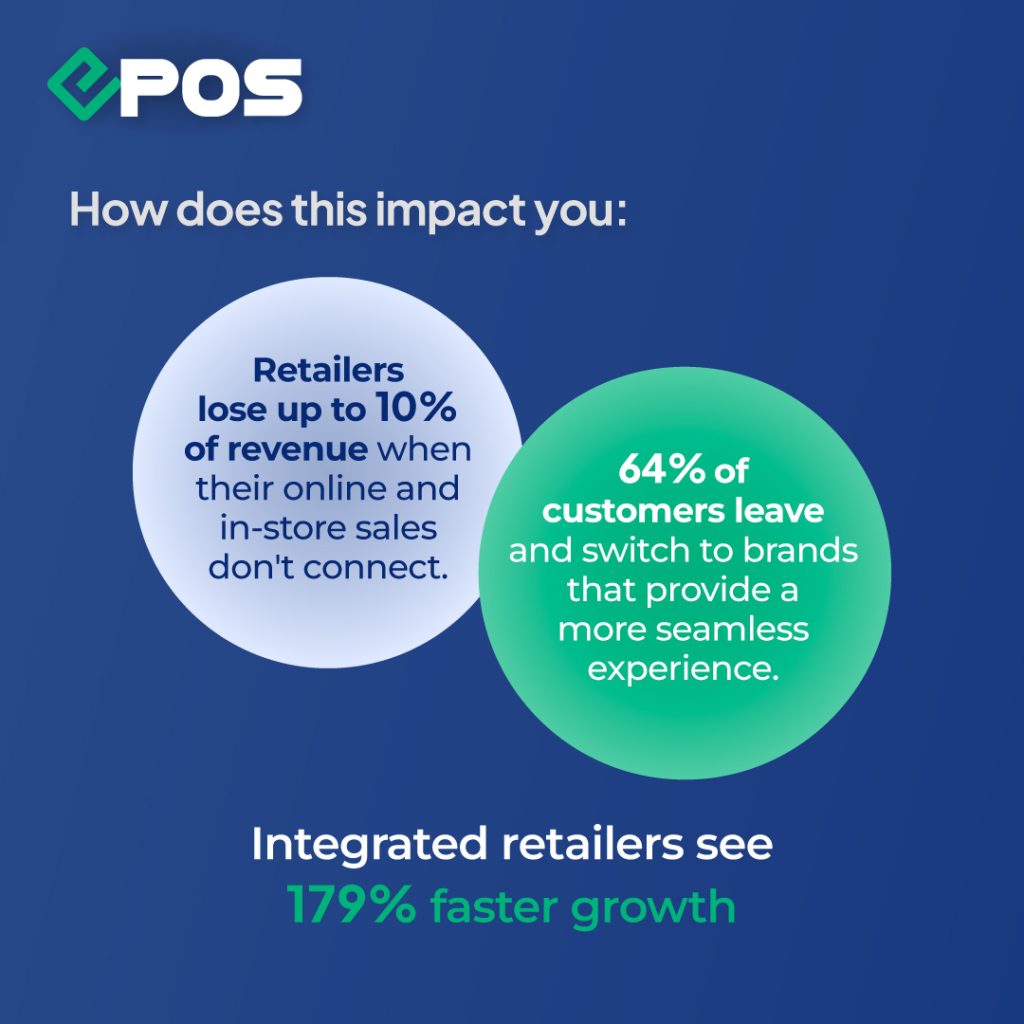
Source: Simple Loyalty, Open Loyalty (2024)
Omnichannel Retail Challenges and Solutions: A Complete 2025 Guide
When Omnichannel Retailers Don’t Deliver What Customers Ordered
How to Implement Omnichannel Retail Integration Effectively
Building a successful omnichannel setup doesn’t have to be overwhelming. Here’s a practical roadmap for implementation:
- Audit Your Current Systems: Identify how data currently flows between your sales, CRM, and ecommerce platforms.
- Choose the Right POS: Look for an Omnichannel Retail POS that supports integrations with leading CRM and e-Commerce systems like Shopify, WooCommerce, or Salesforce.
- Sync Data Gradually: Start with high-impact integrations (sales + inventory) before expanding to loyalty or marketing automation.
- Train Your Team: Ensure staff understand how to use the new system to deliver consistent experiences.
- Monitor and Optimise: Use analytics from the POS and CRM to measure performance, customer retention, and ROI.
When implemented well, integration can reduce operational costs and increase sales efficiency within months.
The Future of Omnichannel Retail
The retail landscape continues to evolve toward hyper-personalisation and data-driven decision-making. Future trends shaping omnichannel retail include:
- AI-powered recommendations for personalised shopping experiences.
- Mobile POS systems for flexible, queue-free checkouts.
- Advanced loyalty programmes that integrate across in-store and online channels.
- Real-time analytics to forecast demand and optimise pricing.
Retailers who invest in integration today are best positioned to leverage these innovations tomorrow.
Build Retail That Works Everywhere
Omnichannel retail isn’t just the future, it’s the present reality of modern commerce. To stay competitive, retailers must connect every sales channel through a unified system that empowers data-driven decisions and personalised customer experiences.
An Omnichannel Retail POS with CRM integration bridges the gap between operations and customers, turning every transaction into a growth opportunity.


